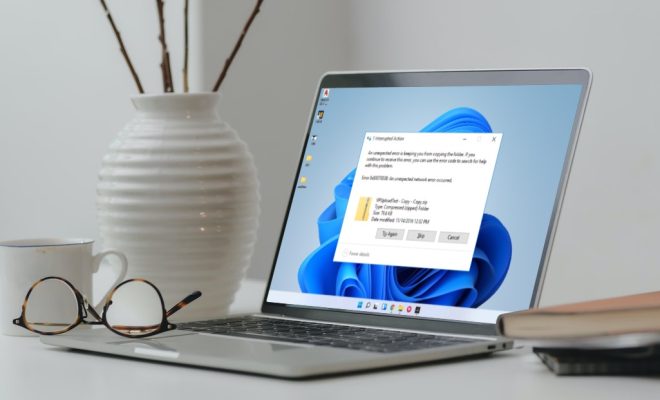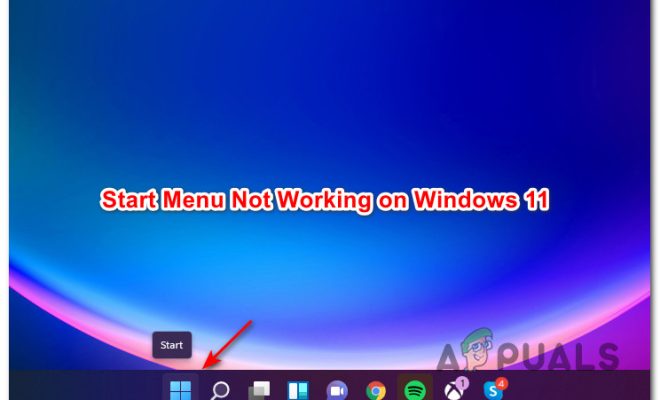Distance Learning Requires a Student-Centered Approach

When you look at our schools today, you see something much different than anyone would have imagined we would have seen even as of last year this time. School is a much different critter this year for our students. The holidays are much different. And our students need more hands-on, more love, and a more student-centered approach. As far as that goes, distance learning requires a student-centered approach. So what is a student-centered approach? Why is it necessary, and how do we implement it? I’m glad you asked!
What Is a Student-Centered Approach?
Whereas the typical classroom has all eyes front and center, focused on the teacher, student-centered learning is rightly known as a “learner-centered education.” It broadly encompasses teaching methods that take the focus off of the teacher and place it on the student. The student-centered approach puts the student first. It acknowledges the student’s voice in the learning experience in that the learners choose which topics may be of interest and what to study. After all, it’s the student’s learning experience, after all.
For example, the student-centered approach may do several things. It may allow students to lead in learning activities, allow them to participate in discussions more actively, allow them to design their learning projects on their own, allow them to explore topics independently that they find interesting, or allow them to, therefore, contribute to the general design of their schooling.
In this manner, according to Moustafa, the teacher’s role in a student-centered classroom is to “encourage and accept student autonomy and create a comfortable atmosphere for student expression.” Therefore, the teacher’s job is merely to act as a guide, guiding their students through their learning experience.
Why Is Student-Centered Learning Important?
Student-centered learning is essential for several reasons. One is that it prepares students for all of the distractions that they will be facing in adulthood. Another is that it helps students learn their learning style and gain a real understanding of it. Students also get to control how their time in the classroom is spent. Each of these skills are things they need to hone now. They will need them later as adults when they don’t have a teacher standing over them, forcing learning upon them.
Advantages of a Student-Centered Approach in Distance Learning
A student-centered approach always has its advantages, but it definitely has its advantages in eLearning! Many of the following advantages happen because student-centered learning is student-led. A few of those benefits include improved knowledge retention, improved participation, improved problem-solving skills, boosted work performance, learning becomes more fun, collaborative learning is fostered, and personalized learning is facilitated.
How Do You Implement a Student-Centered Approach in Distance Learning?
There are several ways to facilitate student-centered learning. You can allow the students to have a part in deciding as to when, what, and how they learn. Ask your students what they like and use that to build your curriculum. Listen to your students and offer subjects for them to choose from to build the curriculum. Provide structure and direction when necessary. Allow the students to teach each other and you, the teacher. Allow the students to use the 21st Century tools they’re used to. This way, the students will effectively learn to create and read digital texts. Use problem-based learning. Have your students inquire about authentic problems and solve them. Foster super engagement by using gamification. Remember that learning is more critical than grades. Be sure to explain the course learning goals to your students. Rather than focusing on what must be taught, focus on what must be learned. Design the activities to get each student thinking (think-pair-share, reflective writing, debates, etc.). Use technology! If a student comes to you with a concern, take it into account! Rather than having whole-class discussions, divide the class into smaller groups or have independent inquiry groups instead. Use the “Have you ever…?” question (connect it with the subject you’re teaching) to start your lesson. Be careful to emphasize deeper learning rather than coverage, which merely leads to memorization. Ask your students how you can make the lessons more engaging, powerful, and helpful. Immerse yourself and your students in the subject you’re studying by using the processes, methods, and vocabularies that naturally belong to that area of study. Vary your teaching/learning approach. Approaches might include team-based learning, observation, problem-based learning, case method instruction, dialogue, reflection, or more!
Conclusion
By now, I hope you have come to the same conclusion; distance learning requires a student-centered approach. And I hope I have given you enough material to implement a student-centered approach in distance learning. Now, take it and start implementing.





